Chemistry for Biological Science – I (Eng)
Syllabus
Unit – I: Chemical Bonding and Nuclear Chemistry
Chemical Bonding: Molecular Orbital Theory-bonding
anti-bonding And non-bonding orbitals. Molecular orbital
diagrams for Hydrogen, Helium, Nitrogen, discussion of bond
order and magnetic properties. Nuclear Chemistry: Fundamental
particles – Istopes, Isobars, Isotones and Isomers-Differences
between chemical reactions and Nuclear reactions-group
displacement law. Nuclear binding energy-Mass
defect-calculations. Nuclear fission and nuclear
fusion-differences-Stellar energy. Applications of
radioisotopes-carbon dating, rock dating and medicinal
applications.
Unit – II: Industrial Chemistry
Fuels: Fuel gases: Natural gas, water gas, semi water gas,
carbureted Water gas, producer gas, CNG, LPG and oil gas
(manufacturing Details not required). Silicones: Synthesis,
properties and uses of silicones. Fertilizers: Urea, ammonium
sulphate, potassium nitrate, NPK fertilizer superphosphate,
triple super phosphate.
Unit – III: Fundamental Concepts in Organic Chemistry
Hybridization: Orbital overlap, hybridization and geometry of
CH4, C2H4, C2H2 and C6H6. Electronic effects: Inductive
effect and consequences on Ka and Kb of organic acids and
bases, electrometric, mesomeric, hyper conjugation and
steric-examples.
Relation mechanisms: Types of reactions-aromaticity (Huckel’s
rule) – aromatic electrophilic substitution; nitration,
halogenation, Friedel-Craft’s alkylation and dacylation.
Heterocyclic compounds: Preparation, properties of pyrrole and
pyridine.
Unit – IV: Drugs and Speciality Chemicals
Definition, structure and uses: Antibiotics viz., Penicillin,
Chloramphenicol and Streptomycin; Anaesthetics viz.,
Chloroform and ether; Antipyretics viz., aspirin, paracetamol
and iburofen; Artificial Sweeteners viz., saccharin, Aspartame
and cyclamate; Organic Halogen compounds viz.m Freon,
Teflon.
Unit – V: Analytical Chemistry
Introduction to qualitative and quantitative analysis. Principles
of volumetric analysis. Separation and purification
techniques-extraction, distillation and crystallization.
Chromatography: principle and application of column, paper
and thin Layer chromatography.




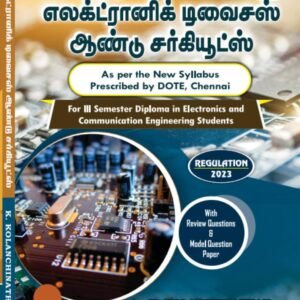


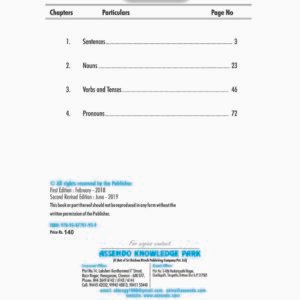



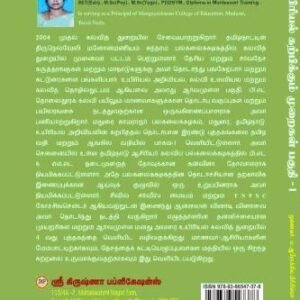
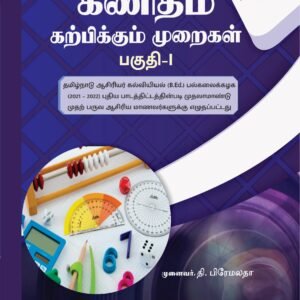
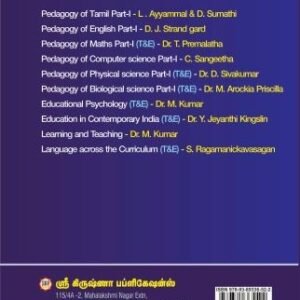
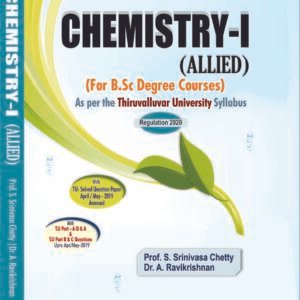

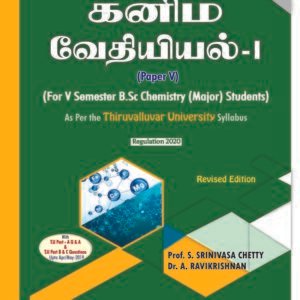

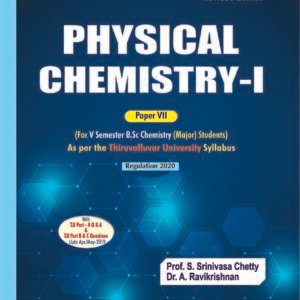
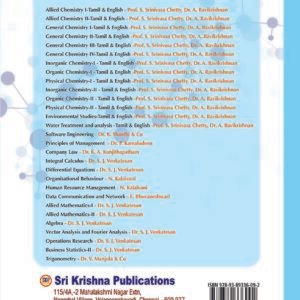
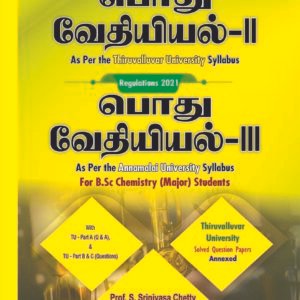

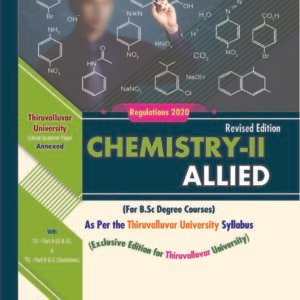
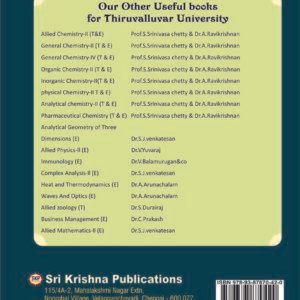
Reviews
There are no reviews yet.